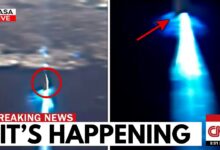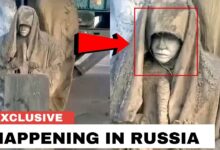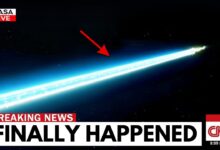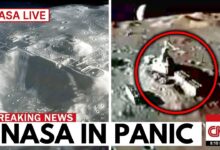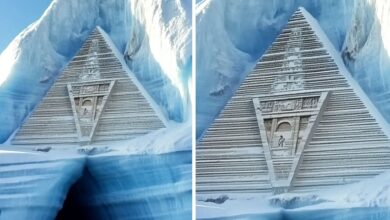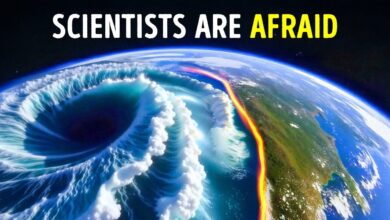James Webb Telescope’s Final Discovery about Betelgeuse JUST WENT TOO FAR
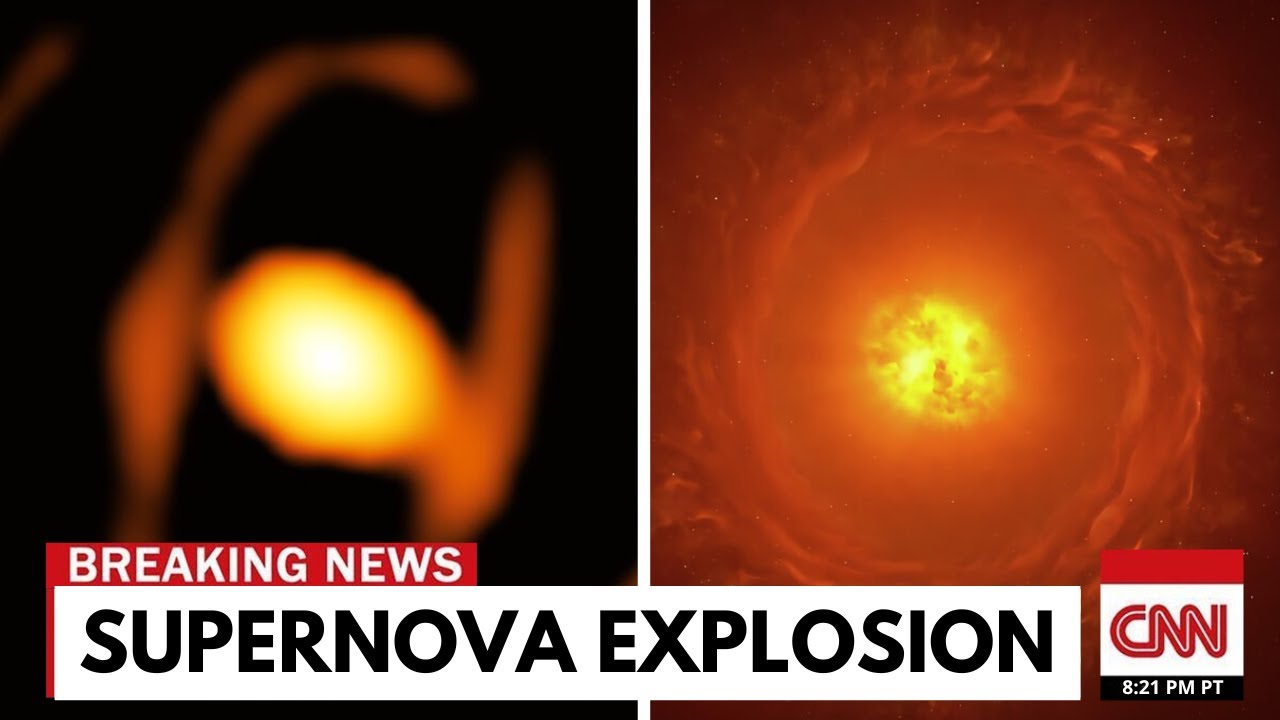
For years, astronomers have kept their eyes on one of the brightest and most mysterious stars in the night sky: Betelgeuse — a red supergiant that is on the verge of collapsing. They knew the moment would come, but no one knew exactly when. And then the James Webb Space Telescope captured what had previously been only a theory: the moment Betelgeuse began to explode. A stellar death, a cosmic shockwave, and a window into the primal power of the universe. This was more than just a distant cosmic observation — it was a once-in-a-lifetime event: the closest supernova ever recorded to Earth.
Betelgeuse, located in the constellation Orion, is no ordinary star. It is a red supergiant, 700 times more massive than the Sun and 20 times more massive. For decades, scientists have known it was unstable—inflating, dimming, and erupting. In 2019, its light suddenly dropped, sending astronomers around the world into a frenzy: Could this be its final moments? Now, with the precision of James Webb, the mystery has deepened. For the first time, we are witnessing in real time the telltale signs of a collapsing star: violent outbursts of energy, turbulent convection, and magnetic fields twisting in chaos. Betelgeuse isn’t just dying—it’s changing right before our eyes.
For months, Webb has been peering at Betelgeuse in infrared, peering through layers of material no telescope has ever seen before. And now, the data is stunning. Huge convection bubbles, as big as Jupiter, are bursting from the surface. Hot jets of gas are being blasted into space at incredible speeds. Hidden in the light spectrum, a shock wave is rippling through the star’s outer layers. For the first time, astronomers are observing not a simulation—but the live anatomy of a supernova in action. And it’s only 642 light-years from Earth.
Unlike supernovae in distant galaxies, Betelgeuse is very close. Its explosion will be so bright it will be visible during the day, even outshining the light of a full moon. But more importantly, this distance provides scientists with a unique opportunity: to study the death of a star up close. To understand how the core collapses. How elements like carbon and oxygen are formed. And how the shock wave reshapes the space around it. What Webb captured was more than just an explosion—it was the creation of the building blocks of life, the very things that shaped Earth and us. We are witnessing the origin story of the universe, told in reverse.
The Betelgeuse explosion is more than just a spectacle — it is a key to understanding the formation of galaxies, planetary systems, and life cycles in the universe. Thanks to Webb’s advanced instruments, scientists can now simulate the final stages of a star’s life with unprecedented precision. They can detect distant warning signals, potentially predicting future supernovae. This is no longer pure science — it is a revelation. A moment when humanity looked into the abyss of time, and saw light burst forth again.
But that’s not all. Betelgeuse’s explosion also sent shockwaves through interstellar space — high-energy particles radiating out, heating the gas clouds and distorting the surrounding stardust. And most intriguingly: there may have been a gravitational wave—an invisible signal of a stellar core collapse that had previously been only theorized. If confirmed, it would be the first time a visible supernova has been directly linked to gravitational wave data—opening a new chapter in understanding how matter, light, and spacetime interact.
And that raises the age-old question: What will be left after Betelgeuse dies? A neutron star? A black hole? Or something else entirely? Webb’s data suggest that the collapse wasn’t entirely symmetrical. The magnetic field is scrambled, there are empty regions of plasma, and matter may be falling back instead of out. Some astrophysicists have even hypothesized that there might be an intermediate state between a neutron star and a black hole—an entity that has never been directly observed. If Webb records it, it would be the first evidence of an entirely new class of cosmic object.
Are we in danger? The short answer is: no. Betelgeuse isn’t close enough to directly impact Earth. But the long answer is more complicated. The explosion would release high-energy waves, gamma radiation, and extended electromagnetic bursts.
Betelgeuse is a great, ancient, powerful star — and now it’s dying. A reminder that even stars, seemingly eternal lights in the night sky, have an end. But in that end, new elements are born. New stars will form from Betelgeuse’s ashes. And new planets may form from the chaos it leaves behind. This isn’t annihilation. This is cosmic rebirth. And we’re lucky to be witnessing it.
Amid the massive amounts of data Webb collected, scientists discovered something surprising: a shift in the composition of the elements released. In addition to carbon, oxygen, and iron, the explosion released rare elements like technetium and yttrium — which only form in extreme stellar environments. This is a breakthrough, because analyzing the ratios of these elements helps us trace the life cycles of matter in the galaxy — from the dying cores of stars to the dust that forms planets, to the very atoms in our bodies. Webb isn’t just recording an explosion — it’s deciphering the chemical blueprint of life.
Betelgeuse will never come back. Its place in the constellation Orion will gradually become a glowing cloud of superheated gas and debris. But that death is not the end. It is a gift — a gift of knowledge, of elements, of awareness. A reminder that our Sun, too, will one day burn out. That even the brightest lights have an end. But with that end, the blueprint for life begins anew. For without supernovae, there would be no planets, no oceans, no life.
And now, thanks to James Webb, we have witnessed the entire cycle—from fiery collapse to the raw material of creation. In the cold of space 642 light years from Earth, a star has ended its life. Not with a whisper, but with a final roar that has pierced the night for centuries to reach us. Thanks to Webb, we don’t just see it—we understand it. We see the signs, the collapse, the explosion. No longer myth or metaphor—but reality.
Betelgeuse did not die in vain. In its final moments, it answered questions older than humanity: Where do the elements come from? How do stars live and die? And what will become of our own Sun? In that fading red light, Webb recorded not just a supernova—but our origin story and a glimpse into the future.
